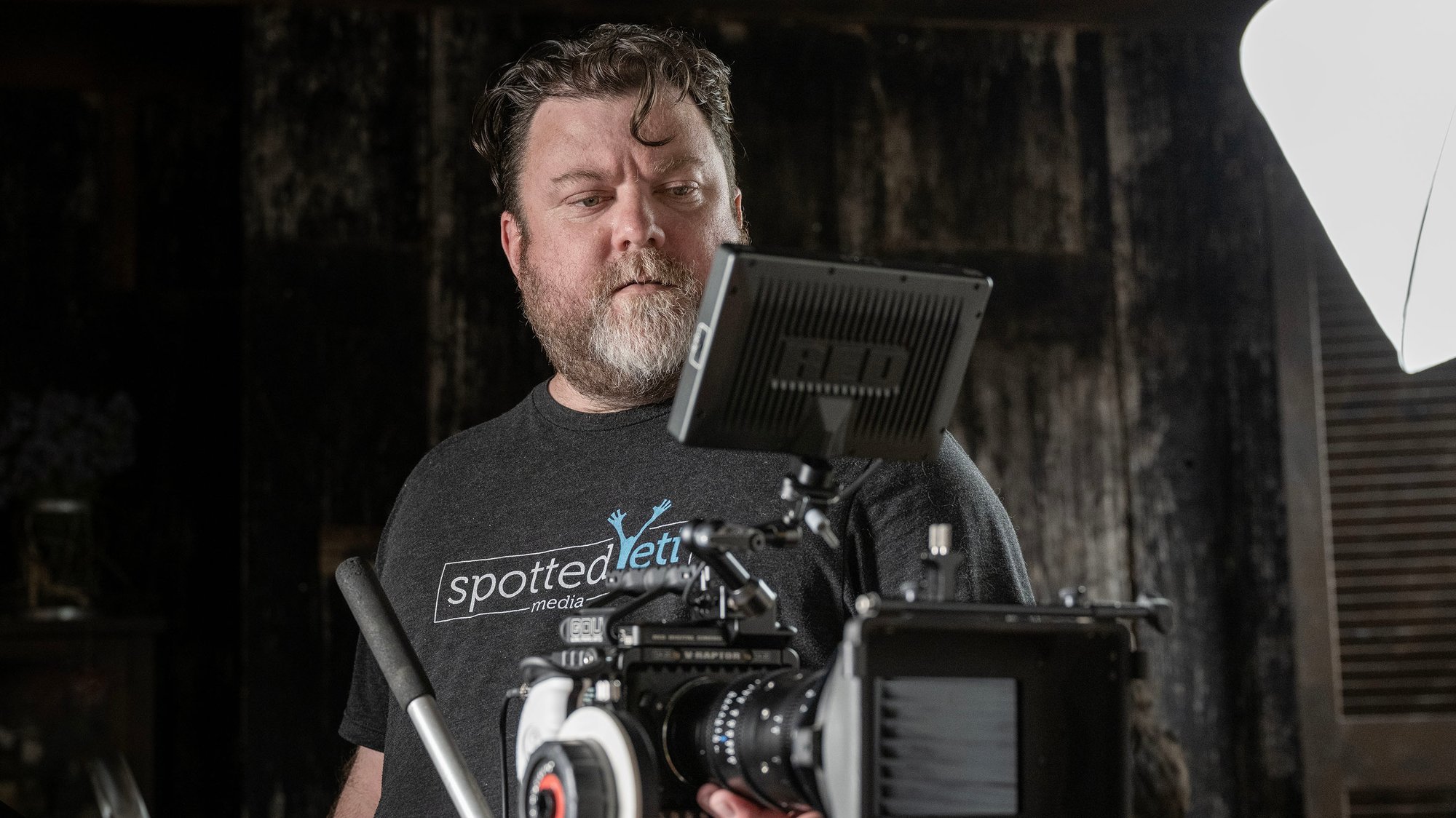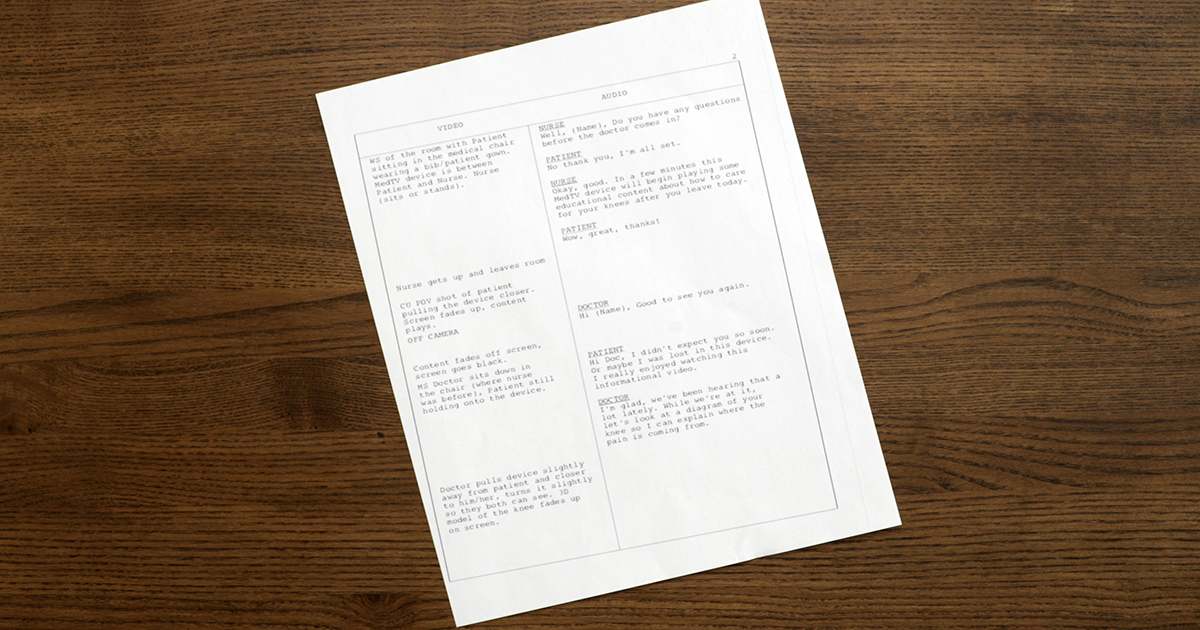Scriptwriting is a large portion of the job for the pre production team here at Spotted Yeti Media. It may be surprising that we write so many scripts when we aren’t producing blockbuster films. In reality for any production to go smoothly writing a script for what you plan to shoot is a necessary part of the process.
Writing for video is a style of writing that may come naturally to some and can be a learning curve for others, because it’s not the same kind of writing your English teacher taught you. We mostly write short format marketing scripts for videos intended for broadcast, web, or social media. In these cases, brevity without losing action or emotion is the knack to scriptwriting. You are not writing a Jane Austen novel after all, you are writing with the goal of creating a video, and that’s what will convey your message. In the beginning of a project we often hold brainstorming sessions and this is how we discuss creative concepts, and how to translate those concepts to video. After that step, it’s time to type out all the details by writing your script in what is called “active voice”, and keeping it simple!
Passive Versus Active Voice
In writing essays and blogs a lot of writers tend to use what is called passive voice, but in video we should almost always be writing in active voice. These terms were totally new to me when I entered my “Writing For Media” course in college, and sometimes it is still easy to get tripped up on knowing the difference.
When using passive voice, you write like you’re English teacher taught you:
“The children were surprised by the puppy,” is a perfectly acceptable sentence when writing most anything except a script for video. When writing for video we would say, “The puppy surprised the children.”
The meaning of the sentences are the same but the way it was said is what counts. In passive voice the first sentence may sound more eloquent but is also more subtle. In active voice the sentence is stronger, more concise, and conveys more excitement.
What is the purpose of active voice?
When scriptwriting we want to match the visuals to the script as much as possible. You don’t want to get so caught up in flowery language, where it becomes difficult to understand an ambiguous or intangible concept. At the end of the day, everything that appears in your script will have to show up on video somehow. Active voice provides a much better read. It’s more engaging, faster, flows better and makes you feel a part of the action. When writing a script you want to pull the reader into the story instead of distancing them from it.
Spotted Strategy: Script Writing
Keep It Simple
In today’s world attention spans for video are getting shorter and shorter, so active voice is more important than ever. One of the best tips given to video professionals and screenwriters of all skill levels is to keep it simple. You want the video visuals to move the story along. Most of the time you’re producing a video to break down complex concepts into digestible media, so don’t get in the weeds with busy scripts.
Our team at Spotted Yeti are pros at active voice scriptwriting. When you hire us time doesn’t have to be wasted worrying over the puppy and children and if the sentence structure is correct. Writing scripts is just another piece to making smart video work for our clients.





Comments
Leave Your Comments